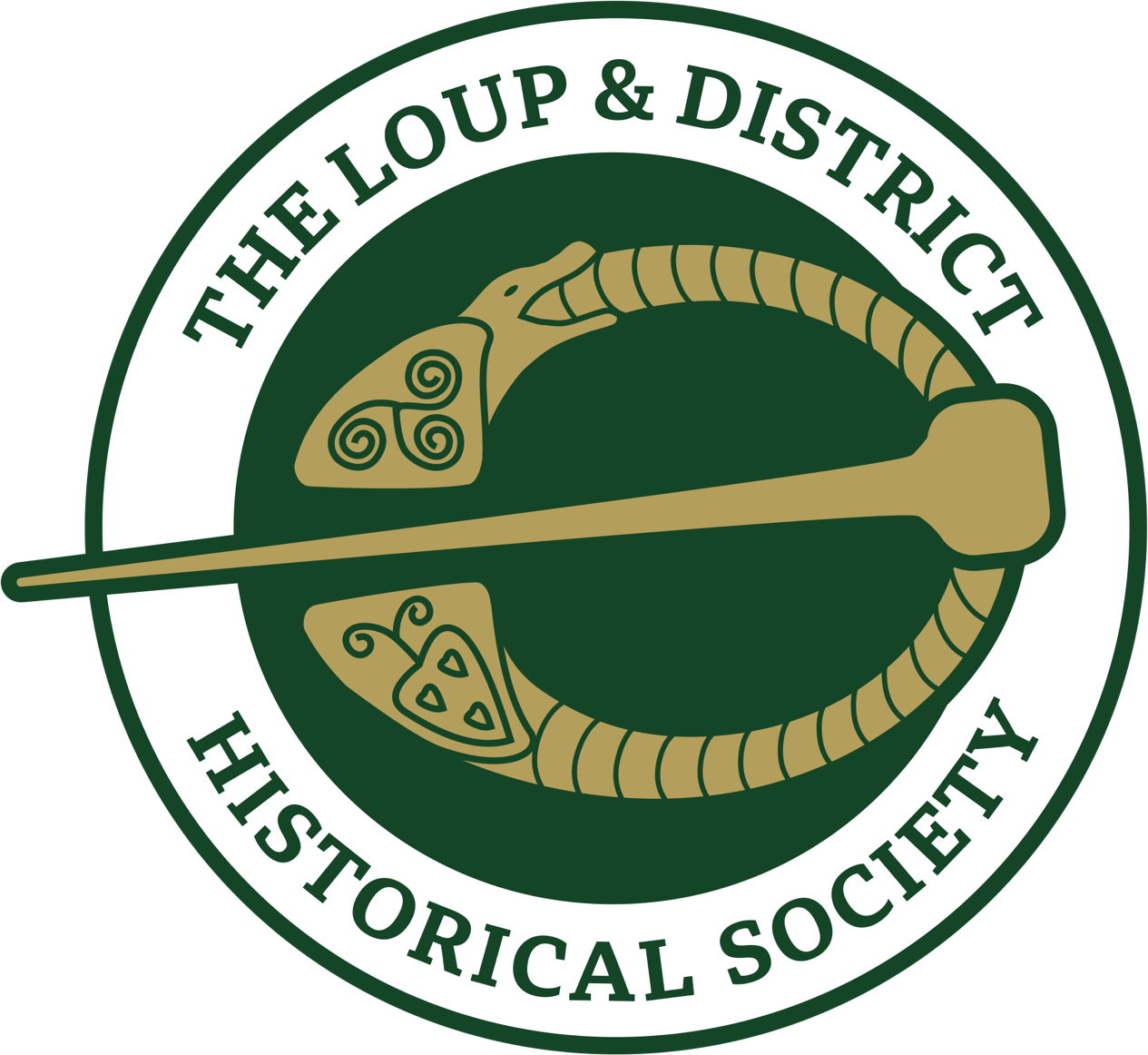With the workhouse acting as place for medicine and medical procedures take place, the rooms often included those who had sought assistance. After a period in the infirmary or the hospital ward, people went to the workhouse wards. Those like Bernard Hughes of the Loop certainly needed the workhouse when he was admitted with a ‘sore hand’, attributed to his work as a weaver. Aged fifty-five, Hughes had his ‘hand cut off in the house’ within days of entering.
Of course, for some, their stays were short as they had entered the building in poor health and failed to recover in the workhouse. As noted in another section, from the 1860s onwards the hospital began to function in ways akin to a modern hospital where people with minor and serious illness and injury sought professional help. In 1863 both Pat Connelly and James McTigue, both relatively young men were dead with weeks of entering the workhouse.
And while the Famine years had witnessed a predominantly elderly and young population, the second half of the nineteenth century witnessed.????? Thomas Johnston, a 32-year-old rope maker and a member of the Established Church. ??????
For unmarried mothers, in a society that frowned upon such behaviour, the workhouse often provided the only support for them when they went into labour, or in the days, months and years after as they struggled to provide for their families. Most pregnancy stays only lasted ten to twelve days, but where there were complications at birth both mother and baby stayed longer.
As with those who sought refuge from hunger and disease throughout its history, those who sought sanctuary when pregnant came from all religions. They included Eliza Fleming of Rocktown, a twenty-nine year old servant whose stay in the workhouse lasted more than three months when she was pregnant.
The story of Jane Lane, aged forty and whose occupation was listed as ‘begging’ fully illustrates the hardship of life in and around Magherafelt in the middle of the nineteenth century. Lane was brought to the workhouse having been found on the roadside at Lissan having given birth to a child on her own and without any assistance. It was a similar situation for thirty-year-old Mary Ewing who gave birth under a bridge and was subsequently brought to the Magherafelt Workhouse. Others entered Magherafelt having been denied entry elsewhere, such as Eliza Donnelly, a twenty-one year servant with a nine-month-old child who was refused admission at Cookstown. Yet there were few as unfortunate as Catherine Clark, a single mother from Omagh who made her living by ‘sewing’ before entering the workhouse. She had felt unwell after delivering her twins, who did not live and with her four-year-old son headed for Magherafelt. What made the case all the more poignant was the fact that she carried her dead twins on her back. They are probably amongst the dead buried in the Magherafelt workhouse cemetery.



